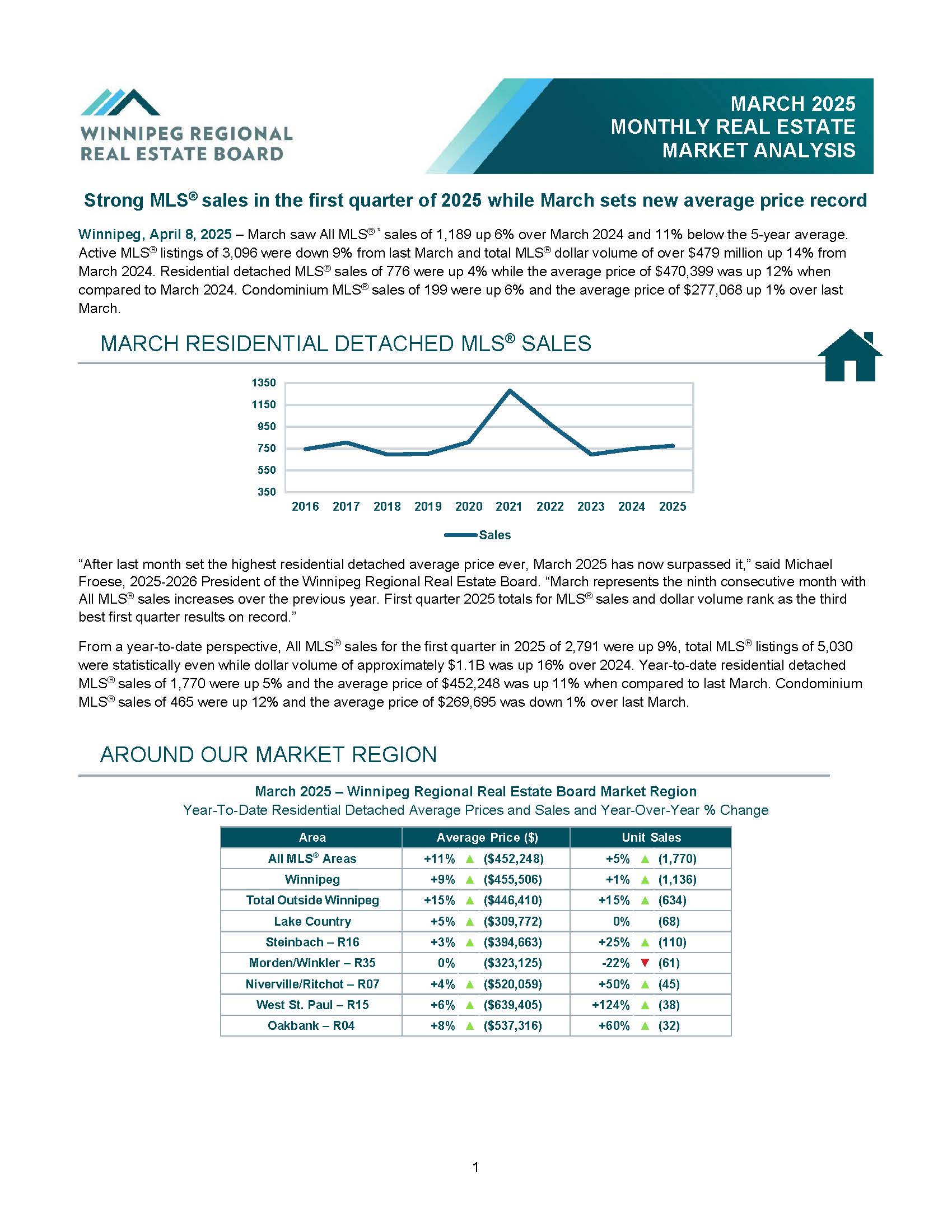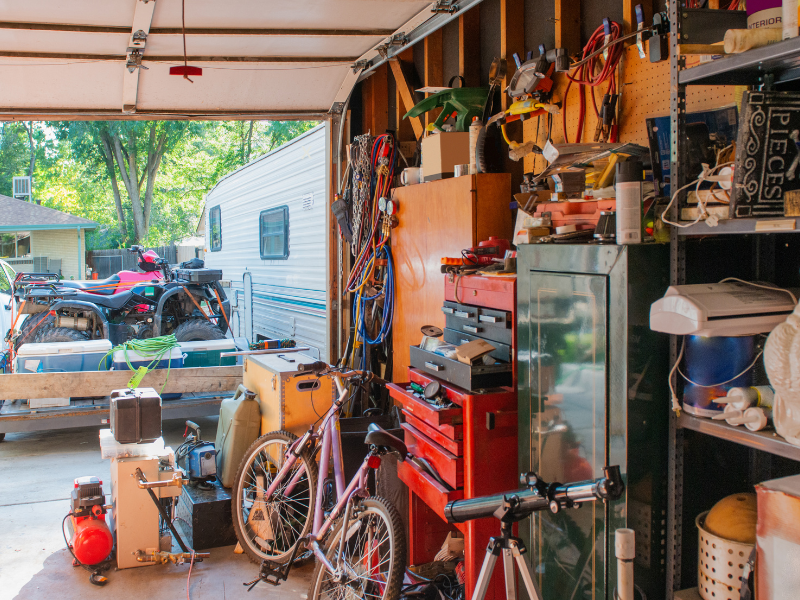







As life changes, so do our housing needs. The home that once fit your lifestyle perfectly may now feel too large, too expensive,...

When you picture Winnipeg, you might...

You're ready to move—but here comes the big question: is it better to sell first or buy first?
It's a decision that every homeowner...

When buying or selling a home in Manitoba, selecting the right legal professional is crucial. Choosing the right real estate lawyer...

If you’re asking yourself “how can I sell my house quickly”, you should definitely...

Divorce is an emotional and complex process, and selling your home during this time can add even more stress. A REALTOR® with ...

Selling a fixer-upper can feel like an uphill battle, but with the right strategy, you can turn that "diamond in the rough" into...


The Winnipeg real estate market continues to grow,...